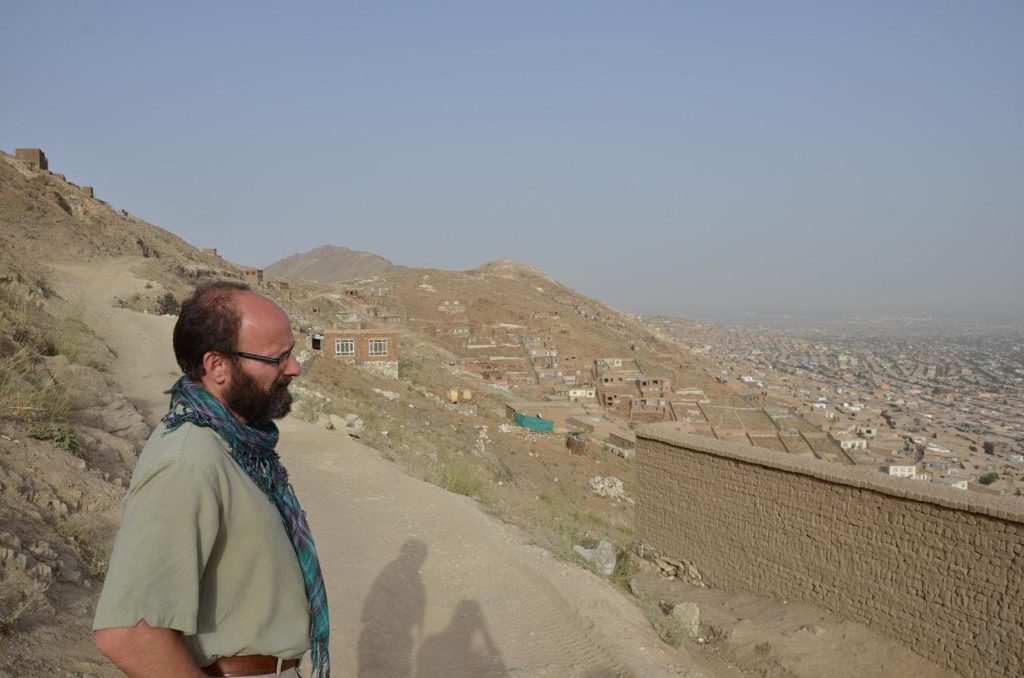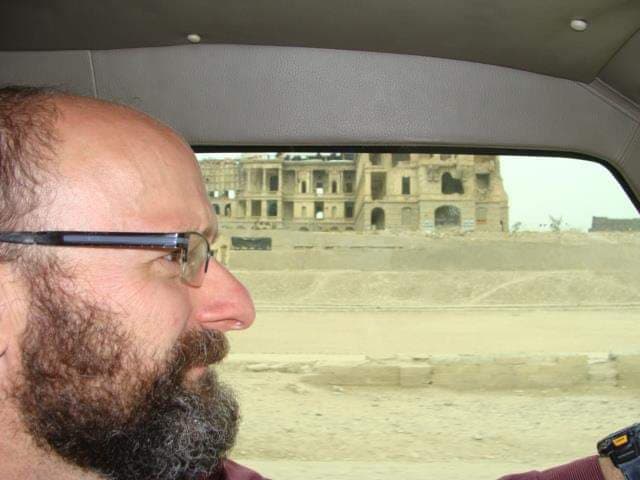Afghanistan is not governable under the current constitution. The nature of Afghanistan is ethnically diverse and geographically distant. Despite these challenges, GIRoA is asked to rule by fiat from Kabul under its constitution. The problem with the current government is the lack of democratic institutions, poorly drawn internal boundaries, and the lack of local agencies like law enforcement and taxation. The solution to this is to form a more federal, representative and locally empowered government.
Lack of local representation/power. The only elected officials are the President, both Jirgas and the Provincial Councils; all others are nominated. The result of this is that all major decisions must come down from the president or his cabinet. On a trip to Balkh Province, I encountered an ANP Captain whose vehicles were out of fuel, and the gas tank on his post was full, but he was afraid to fill his vehicles with fuel because he needed permission from the Ministry of Interior to do so. The problem was, the Minister of Interior had quit and his replacement hadn’t been named, so he needed President Karzai’s signature, as the Deputy Minister of Interior was refusing to give permission without that signature. When the president of a country needs to authorize filling a car with gas, the government has problems.
Poorly drawn internal boundaries. The myth of Afghanistan is that the internal boundaries were externally drawn by the British, without regard to geographical, ethnic and cultural realities. This is simply not true. At the time when boundaries were drawn, the British asked the Afghan government to draw their own lines, internally, and the result was simply either the result of ineptitude or intentional shaping of internal boundaries to benefit the ruling class. Nearly all districts in Afghanistan cross terrain features that make navigation impossible, resulting in ungovernable spaces, and often neighboring districts pick up responsibility for governance. These district boundaries also routinely shape ethnic boundaries to provide ruling class ethnicities with a tactical advantage, both politically and militarily. In order to rationalize and make government more responsive to the politics, Afghanistan’s internal boundaries need to be redrawn, with proper respect shown to geography, infrastructure and natural ethnic divisions. This will result in better governance and less conflict.
The Afghan government’s main source of funding is foreign donations, followed by import taxes, with business and personal taxes only being collected nationally and unreliably. This arrangement is unsustainable, as foreign donations dry up, and national taxes are apt to be lost through corruption or given out to lower governments as a form of reward rather than national self-interest. A better and more sustainable funding source would be to continue the national customs collections, but remand business and personal taxes to the most local level possible. Then, localities would become responsible for infrastructure, education and social welfare funding, which would prevent national kleptocracy and distribution of funds as a form of favoritism.
The Afghan police force is national, which reduces accountability for police misbehavior/lack of performance. There is no record of a central police force in a successful representative government that functions well. Well functioning governments like Germany, France and Switzerland have local forces which are controlled by local politicians, who are elected by and responsive to the people who are served by the local police. The closest thing to a functioning national police force is Italy’s Carabinieri and their history is rather stained. When Afghan National Police misbehave, the closest authority figure who is empowered to enforce discipline is in Kabul, and therefore the ANP are free to behave as they like without negative consequence. A locally elected chief of police or sheriff would mean that police misbehavior could be addressed at a local level.
Will decentralization destroy Afghanistan’s ability to govern?
Political actors react negatively when the suggestions are made to decentralize government in Afghanistan. They view attempts to decentralize as attempts to “break up the country”. Unfortunately, there are no examples of centralized governments which function well, so I doubt that Afghanistan has a choice. If they do not decentralize, the country will collapse or be torn apart by conflict. An analogy can be made to building a house out of one brick, hollowed out, or making a house out of many small and separate bricks, bound together by mortar. Even though the smaller bricks are separate, they bind together to make a much stronger structure than hollowing out a single brick, with much less effort. Believe it or not, if you look at the closest comparison to Afghanistan on earth, you cannot find a more closely matching country than Switzerland. Switzerland is ethnically diverse, with three main ethnic groups (who speak different languages!) with a history of enmity. Switzerland is landlocked, and poor in everything but nearly unreachable mineral wealth. Switzerland has a geography that is even more radical than Afghanistan, making travel nearly impossible, especially during bad weather. The main difference between Switzerland and Afghanistan is their form of government. Unlike Afghanistan, Switzerland consists of several semi-autonomous divisions known as “cantons” with independent governments, including police and military forces. Despite being semi-independent, ethnically fractured (with three major languages) Switzerland is peaceful and wealthy.
Will decentralization lead to ethnic cleansing, genocide and civil war?
My theory is that most of Afghanistan’s conflict in the past is the result of inappropriate governance, which includes minority ethnic ruling classes, centralized governance and poorly drawn boundaries which put ethnic groups into a natural state of conflict. Redrawing the internal borders with respect to geography, ethnicity and cultural divisions, as well as empowering these new internal divisions will not only strengthen the country at the local level, it will reduce most of the built in conflicts and allow the local areas to develop a peaceful coexistence that was not possible before. Then, and only then can Afghanistan start building a sustainable infrastructure, economy and form of government that will assure lasting peace and prosperity.

